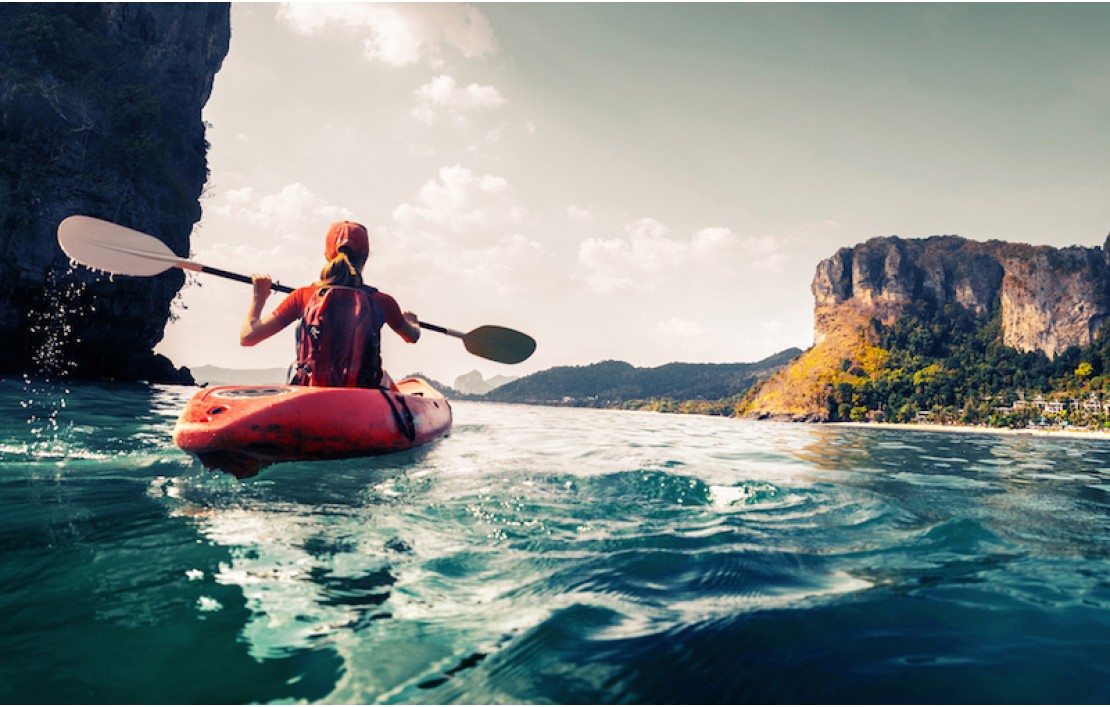
Safety Tips for Kayaking & Canoeing
01/05/2019 | Jag Trading
Kayaks and canoes are great fun, but if you don’t take some basic safety into consideration, you can easily get into trouble. With the right equipment and know-how, you can enjoy a safe day out on the water.
Risks of Kayaking
Make sure you are going to waters that suit your canoe or kayak. Don’t use a vessel in open water if it is designed for inland or sheltered waters as the waves could easily capsize it. If you have a sea kayak however, it may be suitable for any water including lakes and rivers.
If you are unsure of the water, ask a local person for details of any hazards and water conditions. Work out how you can make your return trip with the wind, current or tide as you may be tired compared to early in your journey.
If you aren’t familiar with the area at all, contact your local Bureau of Meteorology to check weather and tide information.
Safety First
It is safest to go out with a group of people but if you are going on a solo trip, give a friend details including the time you are leaving and estimated return time and the route you will be taking. Instruct your friend to contact the authorities if you don’t return on time.
Be realistic about your abilities. If you haven’t kayaked before or it has been a year or so since your last trip out, don’t tackle a difficult location. Start with easy waters to ensure your fitness and skills are right before taking on more difficult water or conditions. Consider undertaking a canoeing or kayaking training course if you are new to the sport.
Wear layered clothing.You may need to take off a layer once you’ve warmed up after paddling for a while or add a layer later in the day when the temperature drops. Lightweight but warm clothes are ideal. Remember to take enough water, food as well as plenty of sun protection to last your trip.
Government and Marine Regulations
Each state and territory has its own laws for life jackets. Spend some time finding out the requirements for the area you will be using your kayak or canoe in. If you have borrowed a life jacket, make sure it is the correct size and suitable for the location you will be wearing it in. If you are kayaking in open waters, you will need a jacket rated Level 100 and above.
Just because your kayak or canoe is much smaller than pleasure craft or commercial ships, you still need to observe local marine rules and international boating rules. Most canoes, kayaks, surf skis, inflatables and other paddle propelled crafts (except stand up paddle boards or surfboards) need to comply with the rules. Take the time to learn the rules, in particular when you need to give way to other vessels and take early action, so skippers of other vessels know your intentions.
Vessel & Equipment
Before entering the water, check your canoe or kayak for any damage. A hole, leak, broken fastener or frayed cable can get you into trouble when you are well offshore.
Always carry a device for communicating with someone. If you are going to be in a mobile coverage area, you can take your mobile phone in a waterproof bag or container in case you are hit by a wave or capsize. But if mobile coverage is patchy or you are in open waters, an EPIRB or Personal Locator Beacon is your safest option.
Ensure other water users can see you by wearing brightly coloured clothing. You can also make your vessel and paddle more visible with reflective tape. Secure your paddle to your vessel with a leash if you are in surf conditions.
If there is a chance that you may be out after sunset, take a waterproof, buoyant torch with you.
By thinking ahead and heeding some basic safety advice, you can ensure your day of paddling doesn't end in disaster.
If you have any questions about life jackets or safety equipment, don’t hesitate to contact our experienced team at JAG Trading Online.

-28x25.png)
-28x25.png)